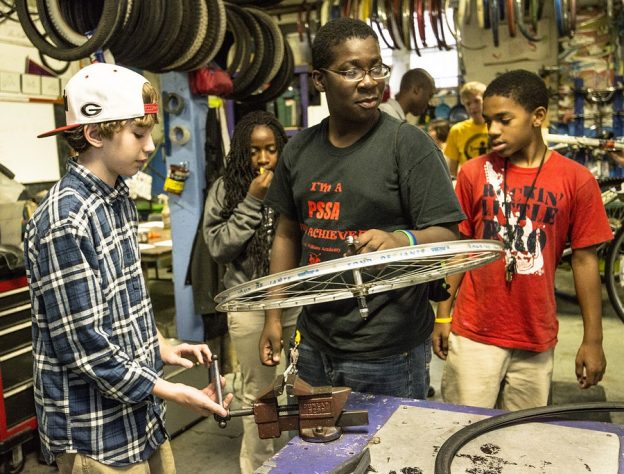Tag: Wheel repair
-

Round, straight and fast, wheel truing makes riding easier
Wheel truing is a great way to take care of your bike while making it easier to ride. However, when you start adjusting your wheels, it’s important to know where to start. Please, read on below for details on what makes your wheels work, and how to make them work better.
